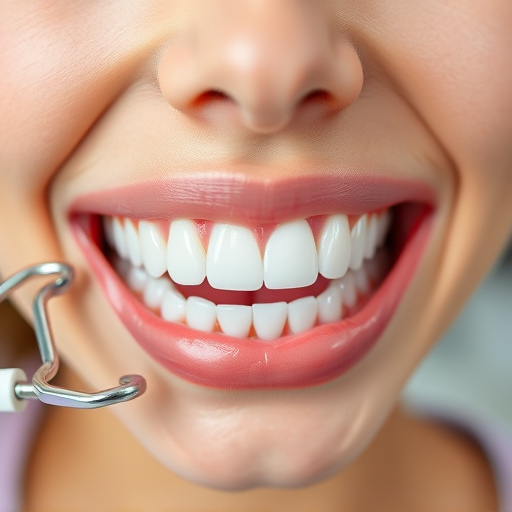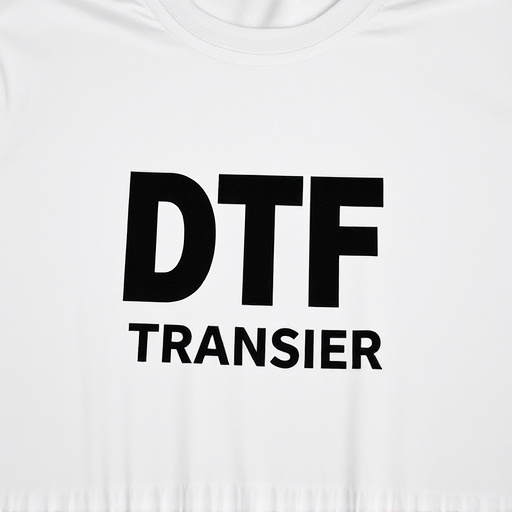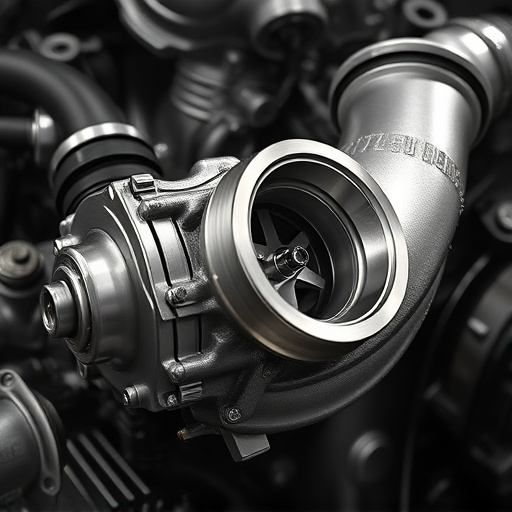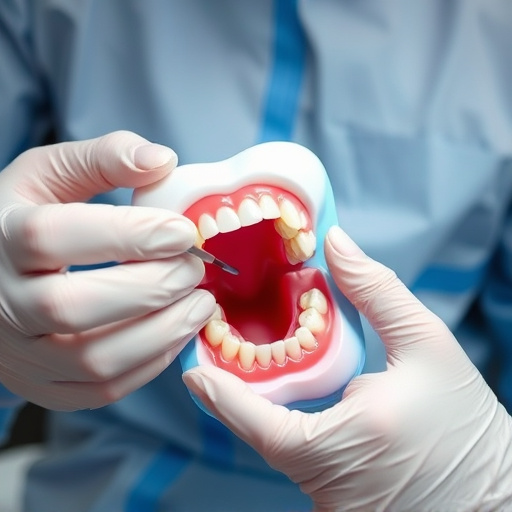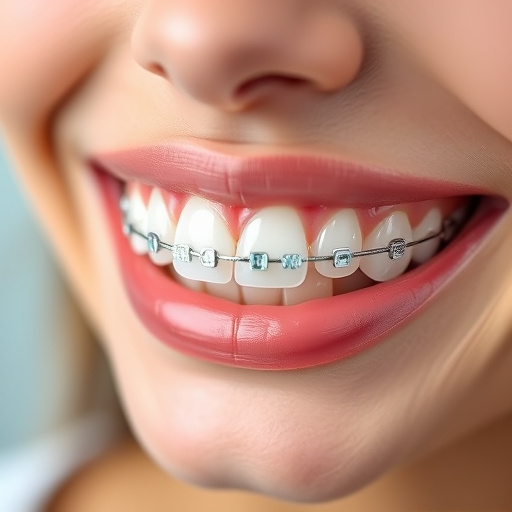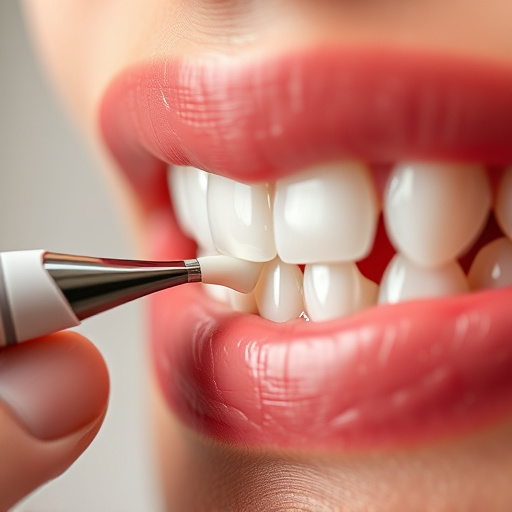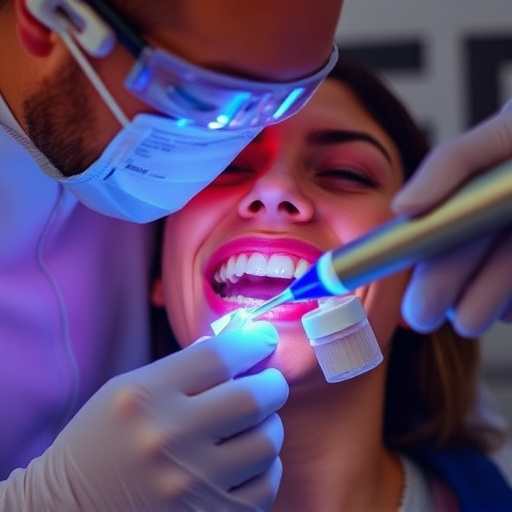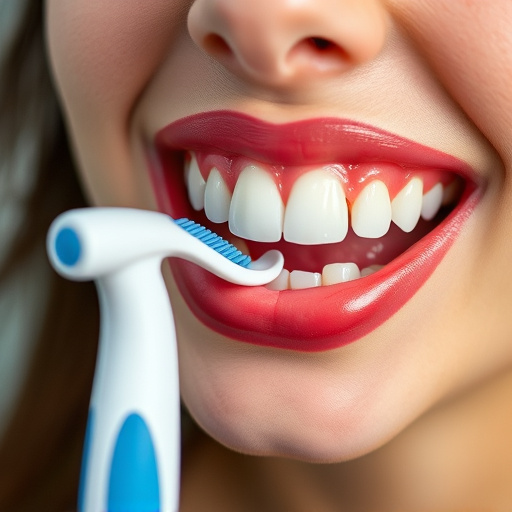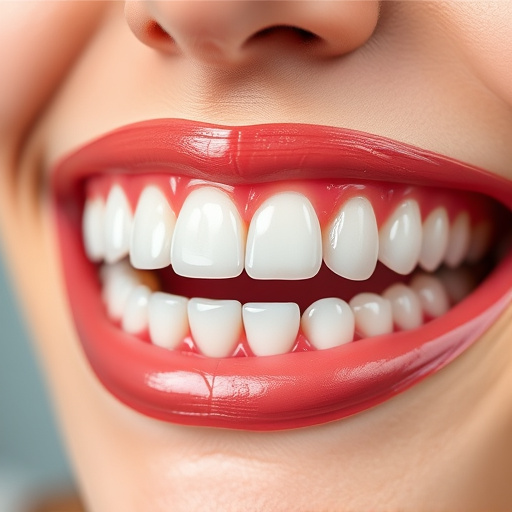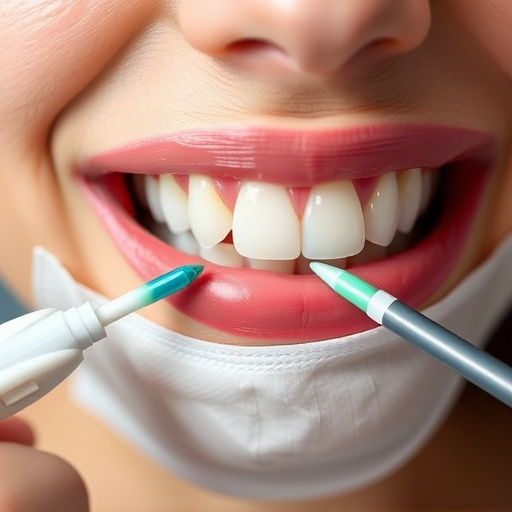Minimally invasive dentistry (MID) is transforming oral care by prioritizing patient comfort and preserving healthy tooth structure. Advanced technologies like laser dentistry and precision micro-instruments enable faster healing, reduced discomfort, and quicker returns to normal activities. This approach benefits both cosmetic fillings and children's dentistry, fostering positive associations with dental visits and enhancing long-term oral health. General dentistry practices are increasingly adopting MID techniques to provide more comfortable and efficient treatments.
In today’s dental landscape, embracing minimally invasive techniques offers a game-changing approach for patients and practitioners alike. This innovative field promises numerous advantages, from reduced pain and swift recovery times to the preservation of natural tooth structures. By utilizing cutting-edge technologies like laser dentistry, dentists can achieve exceptional precision while minimizing discomfort.
One of the key benefits lies in its cost-effectiveness and longevity, ensuring longer-lasting results with fewer visits and lower overall expenses compared to traditional, more aggressive treatments. This revolutionary approach is transforming dental care, making it a smart choice for those seeking efficient and conservative solutions.
- Reduced Pain and Recovery Time
- – Discuss how minimally invasive techniques cause less tissue damage and result in faster healing.
- – Highlight the use of advanced technologies like laser dentistry and micro-instruments to enhance precision and reduce discomfort.
Reduced Pain and Recovery Time

One of the most significant advantages of minimally invasive dentistry techniques is the dramatic reduction in pain and recovery time for patients. Traditional dental procedures often involved extensive drilling and cutting, leading to post-operative discomfort and prolonged healing periods. In contrast, modern minimally invasive approaches prioritize preserving healthy tooth structure by using advanced technologies and techniques. This means less tissue removal, reduced sensitivity, and faster recovery, allowing patients to return to their normal activities sooner.
Furthermore, the minimal trauma inflicted on the gums and surrounding tissues translates to less swelling, bleeding, and overall patient discomfort. Even cosmetic fillings, which focus on enhancing aesthetics, can be performed with a smaller impact area thanks to innovative materials and techniques. This is especially beneficial for children’s dentistry, where minimizing invasive procedures can make dental visits less traumatic and help build positive associations with oral care. General dentistry practices are also embracing these methods to offer patients more comfortable and efficient treatments.
– Discuss how minimally invasive techniques cause less tissue damage and result in faster healing.

Minimally invasive dentistry techniques are transforming the way we approach oral care. By focusing on preserving healthy tooth structure and minimizing tissue damage, these methods offer numerous advantages over traditional, more aggressive dental procedures. One of the key benefits is faster healing times; because less tissue is removed or disturbed, patients often experience reduced discomfort and a quicker return to normal activities.
This conservative approach not only enhances the overall patient experience but also contributes to long-term oral health. Techniques like dental bonding, which involves applying a resin material to restore damaged teeth, are excellent examples of minimally invasive dentistry. Moreover, by integrating these practices into preventive and cosmetic dentistry, dentists can promote healthier smiles while ensuring patient comfort and satisfaction.
– Highlight the use of advanced technologies like laser dentistry and micro-instruments to enhance precision and reduce discomfort.
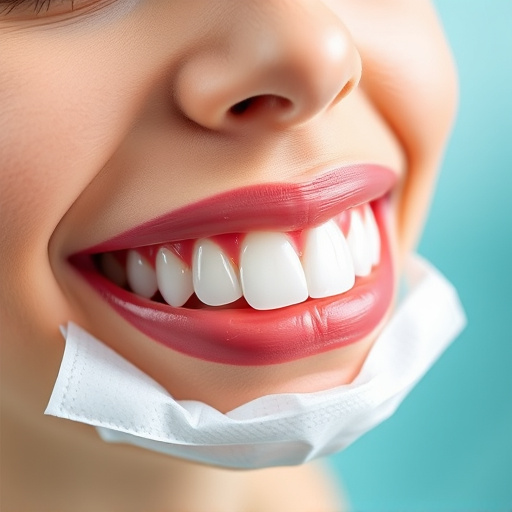
Modern dental practices have embraced advanced technologies to revolutionize the field of minimally invasive dentistry. Laser dentistry is one such innovation that offers precise and accurate treatments with minimal side effects. Lasers can be used for various procedures, from tooth whitening to soft tissue surgeries, all while reducing the need for traditional mechanical tools. This results in less discomfort for patients during and after treatment.
Additionally, micro-instruments, designed with precision engineering, enable dentists to navigate complex oral structures with ease. These tiny instruments allow for targeted treatments, minimizing damage to surrounding tissues. Whether it’s placing dental implants, repairing fillings, or even children’s dentistry, these advanced tools enhance the overall patient experience by offering faster healing times and reduced post-procedure discomfort.
In today’s dental landscape, embracing minimal invasiveness offers numerous advantages for both patients and practitioners. By adopting advanced techniques like laser dentistry and micro-instruments, dentists can now provide more comfortable treatments with reduced pain and faster recovery times. These innovative approaches preserve more healthy tissue, minimize discomfort, and enable quicker return to normal activities for patients. With its precision and efficiency, minimally invasive dentistry is revolutionizing oral care, making it a smart choice for anyone seeking safe, effective, and efficient dental procedures.
